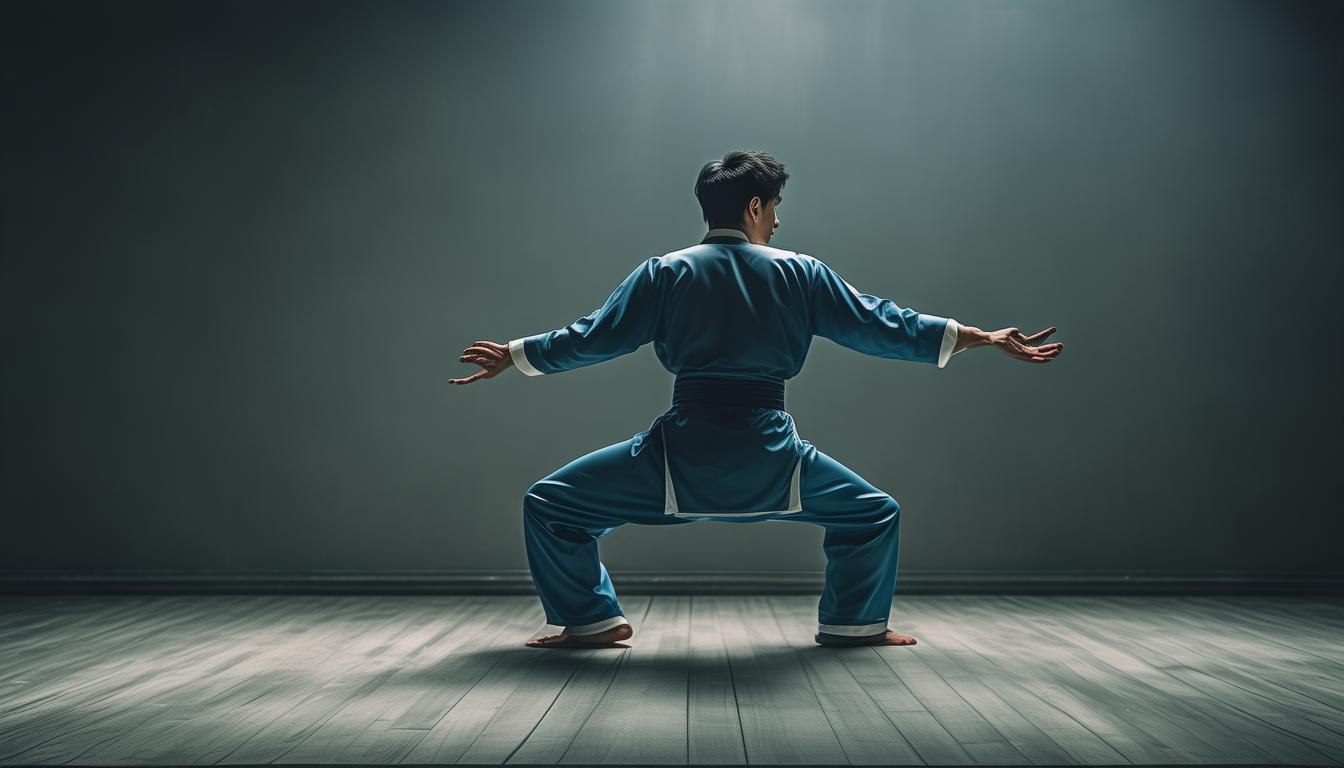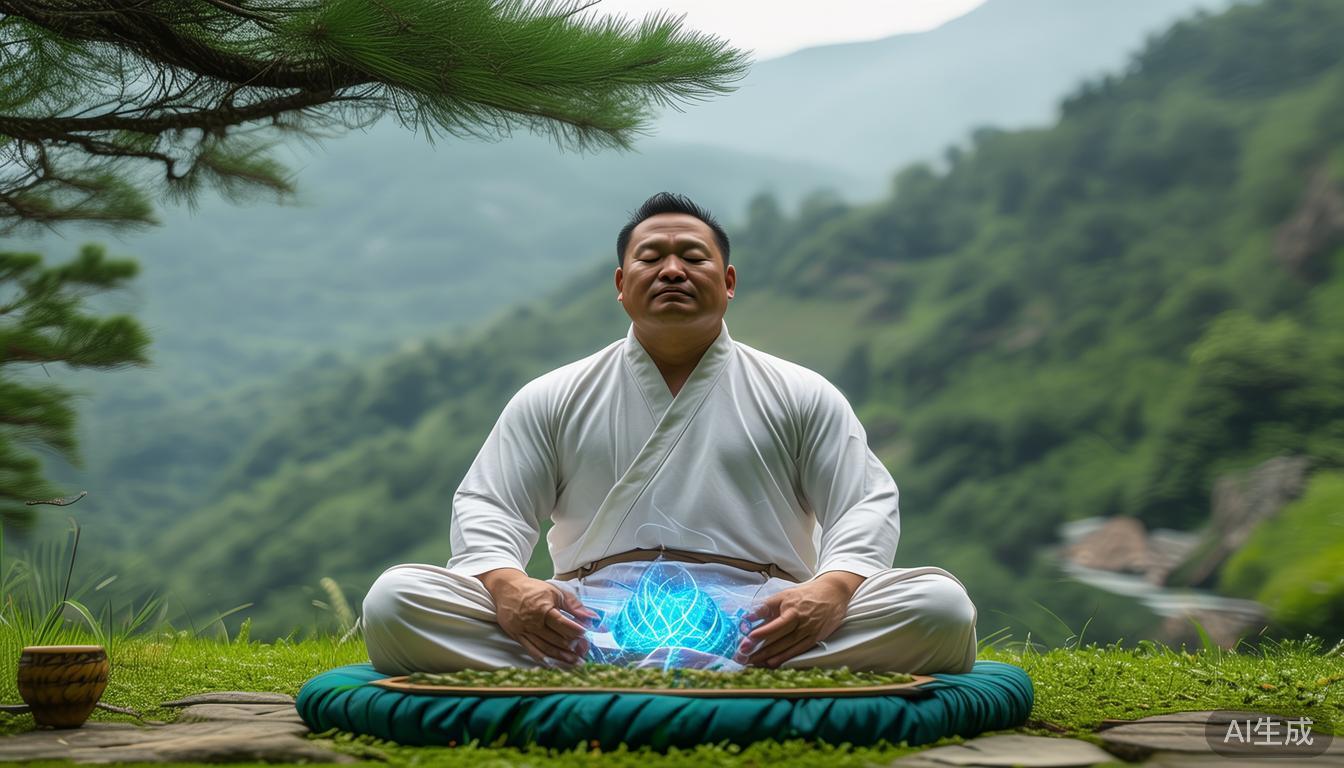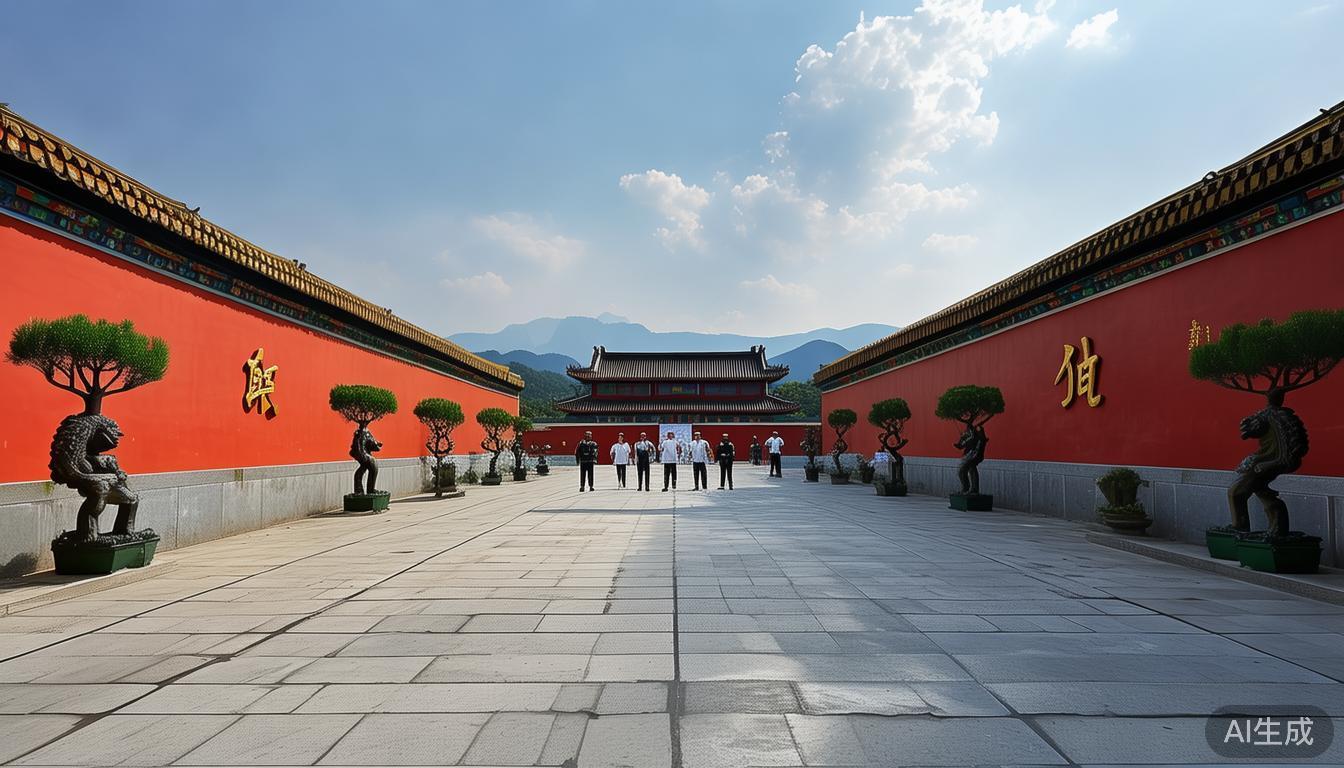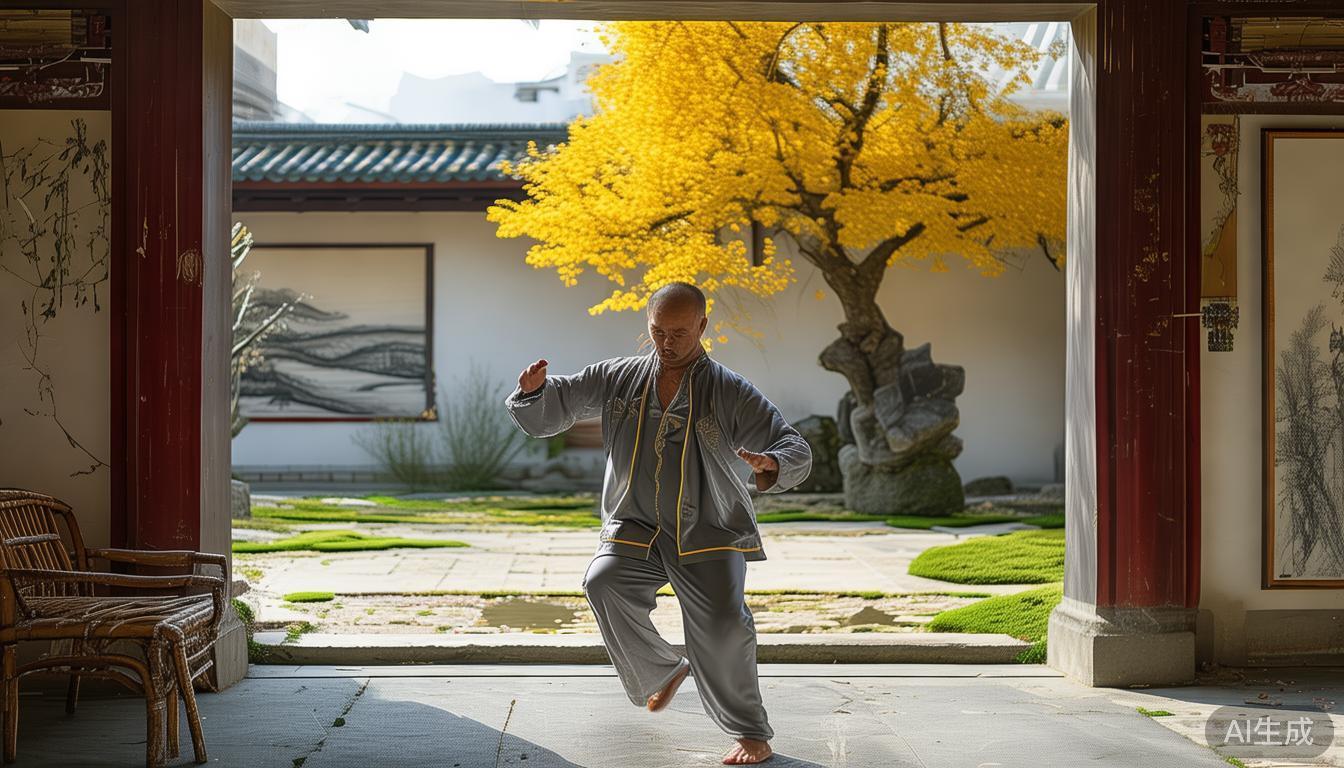The twenty-four styles of Tai Chi, as a simplified version of the classic Tai Chi routine, are simple and easy to master. However, it not only contains the profound philosophy of Tai Chi using soft to overcome hardness and harmony of yin and yang, but it is also very suitable for public practice. It can be used to strengthen physical fitness, and to nourish the body and mind.
Basic moves
When you first try the twenty-four styles of Tai Chi, you need to carefully understand the slowness and warmth of its movements. For example, when starting a posture, your feet are together, shoulder-width as wide as you are, and your arms are slowly raised and lowered, as if you are embracing nature. This is not just a simple movement of the arm, but also a adjustment of the body and breath. At first, it may feel a little unnatural, but after many practices, you can gradually realize the smooth and coherent charm.
When walking, you must first learn to stand firm and maintain balance, and mastering this step posture is the foundation for practicing the twenty-four styles of Tai Chi. Each movement has its own strict posture norms, such as the hands should bend gently into an arc , the knees should sag naturally and ensure the body's center of gravity is stable. These seemingly tiny details are crucial to making the entire boxing movement coherent and smooth.
Virtual and real conversion

In the twenty-four styles of Tai Chi, the transition between virtual and real plays a key role. Take Yunshou as an example. When the left hand rotates flexibly in front of the body and the right hand cooperates with each other behind the body, the weight of the body will gradually shift from the right foot to the left foot, and then return to the right foot. This process is the embodiment of the transformation of virtual and real. This transformation helps improve our sense of balance and the coordination of various parts of the body.
Comparing himself to a Tai Chi dancer, in the transition between reality and reality, his figure is like dancing lightly on the stage. When the real foot is used, it must be as steady as a mountain; when the empty foot changes, it must be as elegant as a cloud. Only by mastering the alternation of virtual and real can the twenty-four styles of Tai Chi fully demonstrate its vitality and softness.
Respiratory coordination
When practicing the twenty-four styles of Tai Chi, breathing also plays a role that cannot be ignored. Taking "Bronco Split Mane" as an example, when the arm is raised upwards and inhale is synchronized with it, as if the breath rises with the movement of the arm; and when the arm slowly descends, exhale cooperates with it, and the breath slowly sinks. This coordination of breathing and movements helps us better regulate cardiopulmonary function.
The movements of Tai Chi are like bellows, inhaling and exhaling alternately, forming a harmonious rhythm with breathing. The correct breathing method can make us feel more relaxed when practicing and prevent the body from being stiff due to excessive force. We should not deliberately pursue the depth and rhythm of our breathing, but should adapt to nature, coordinate breathing with movements, and thus enter the state of unity of body and mind.
Thought guidance

The key to practicing the twenty-four styles of Tai Chi is to guide with firm will. Taking "White Crane Shows its Wings" as an example, you have to imagine a dancing white crane spreading its wings in your heart, and then use your willpower to guide your body to imitate this action. In this way, movements are not just movements of the body, but more like direct expressions of thoughts.
Being in a quiet forest, surrounded by clouds and mist, every step and every move seems to have a deep communication with nature. Evaluate the subtle changes in various parts of the body with your heart, making the movements appear smoother and more natural. At first, you may be disturbed by distracting thoughts and it is difficult to completely immerse yourself in your thoughts. However, with continuous practice, your thoughts can guide your movements more and more freely.
Overall fusion
Ultimately, we need to perfectly combine the transformation between moves, the transformation between reality and reality, the harmony of breathing, and the guidance of thoughts. First, you must master the basic principles of each action; second, understand the internal logic of the transformation of virtual and real; second, learn how to coordinate breathing with movements; finally, be able to use your mind to guide. This way, you can try to connect them seamlessly. It’s like making a delicious dish with the various seasonings independent, but only by skillfully mixing them can you cook a delicacy.
After practicing this set of twenty-four styles of Tai Chi, you will definitely experience a new kind of physical and mental pleasure. The movements are coherent, like flowing clouds and flowing water; the breathing is even, calm and natural; the mind is concentrated, clear and clear, like being in a peaceful and harmonious Tai Chi realm. This is the unique charm of the twenty-four styles of Tai Chi. Do you also want to experience this magical twenty-four styles of Tai Chi in person? Take action quickly and integrate into this Tai Chi world together! Welcome to share your expectations for practicing the Twenty-Four Styles Tai Chi in the comment section. If you think this article is helpful to you, don’t forget to like and forward it.





